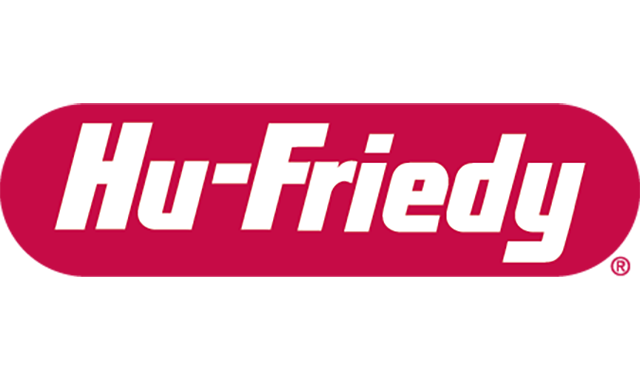Hu-Friedy launches 'Practice Efficiency Playbook' eBook
The eBook showcases tips and recommendations from 15 industry experts.

Hu-Friedy announced the release of a new eBook designed to provide dental professionals with practical and actionable advice on improving practice efficiency, creating high-performing dental teams, and establishing a safe and contemporary approach to infection prevention.
The eBook, titled "Practice Efficiency Playbook," focuses on highlighting behind-the-scenes moves dental practices can make to drive incremental gains in overall productivity. The content of the Practice Efficiency Playbook is uniquely framed to feature the point-of-view of 15 dental industry experts representing a wide range of roles, including dentists, orthodontists, oral surgeons, dental assistants, dental hygienists, dental office managers and consultants.
Trending article: 8 ways to get kids to care about dental hygiene

Each section of the playbook focuses on specific topics like patient engagement, dental team alignment, business process, technology and clinical workflow optimization - all of which present daily challenges for the common practice. Within the playbook format, the 15 dental industry experts offer tips and recommendations on how to practically implement changes that can add real value. Each section is summarized with a list of "plays" the dental professional can "run" based on the ideas offered by the 15 industry experts.
"We are thrilled to bring this unique piece of content to the dental industry and are honored to partner and collaborate with these 15 amazing dental industry experts," says Patrick Bernardi, Hu-Friedy's chief marketing officer. "Our hope is that the dental professionals who read the Practice Efficiency Playbook will leverage it to improve quality of care, enhance practice performance and spark the spirit of their teams."
The Practice Efficiency Playbook is available online now. To download it, click here.
How Dentists Can Help Patients Navigate Unforeseen Dental Care
December 12th 2024Practices must equip patients with treatment information and discuss potential financing options before unexpected dental treatments become too big of an obstacle and to help them avoid the risk of more costly and invasive procedures in the future.